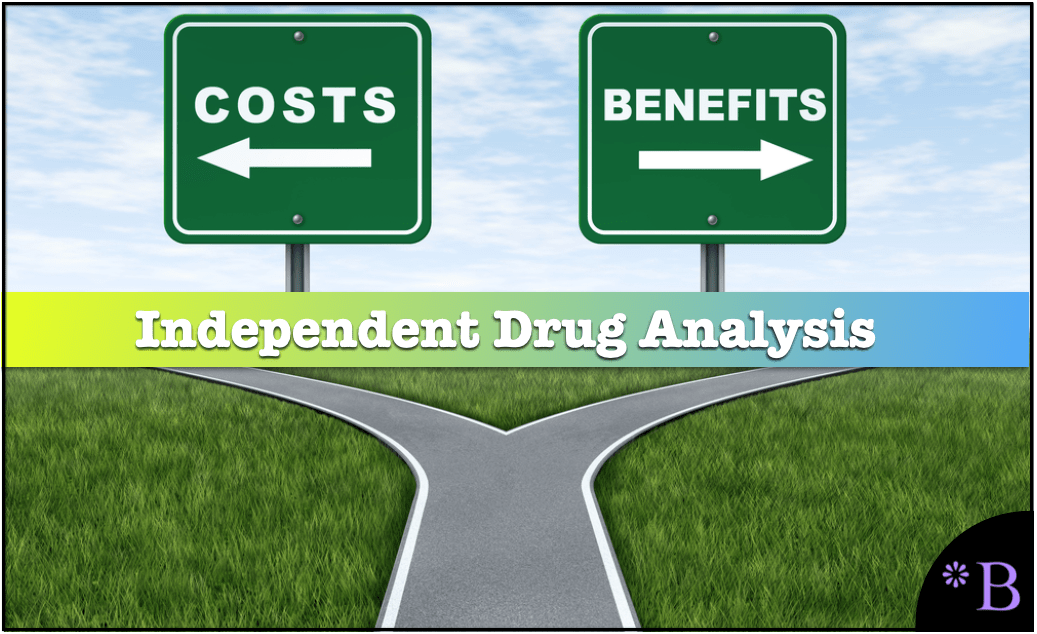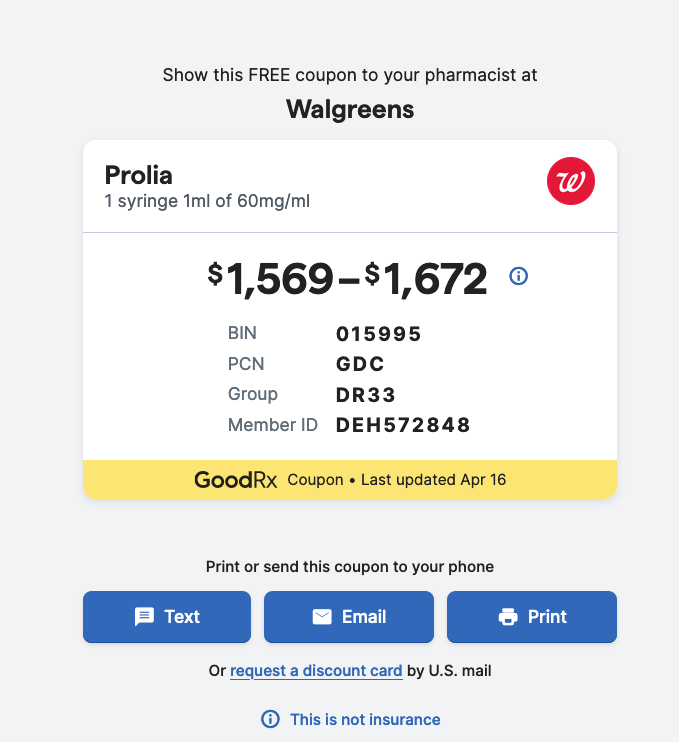How Effective is Prolia and What is its Cost and Cost Benefit
Executive Summary
- Prolia is taken for treating osteoporosis.
- We will do what was never done with Prolia’s FDA approval: evaluate any cost-benefit for this drug.

Introduction
Prolia is one of the most widely prescribed drugs for osteoporosis. However, should you take it? Are the benefits worth the costs? In this article, we provided our analysis, which, unlike nearly all the drug coverage, is entirely independent of the drug manufacturer.
The Prolia Cost
Generally, in the US, generic Prolia is expensive.

Prolia is roughly $20,000 per year.
The History of Prolia and Its Effectiveness
This is the effectiveness of Prolia, according to Drugs.com.

This data would have come from clinical trials, which are paid for by drug companies, and it usually is most accurate to cut the benefits of any clinical trial at least in half. This is for several reasons. First, the test subjects they use are more healthy than the population that is given the drug. So if we cut the benefit in half, we get the following.
- 0 to 1 year = 1.3% / 2 = .65%
- 0 to 2 years = 3.6% / 2 = 1.8%
- 0 to 3 years = 4.9% / 2 = 2.5%
This is a very low improvement in fractures. And as you are about to read, the side effects of Prolian are horrendous.
This video does an excellent job of describing other similar drugs that do little to reduce bone fractures.
Prolia as a “Trapdoor Drug”
We call any drug a trapdoor drug if it is addictive or challenging to stop taking for whatever reason. Usually, the prescribing MD will tell the patient to read the side effects on the insert, and overall the side effects are greatly minimized on virtually all drugs. When a drug is difficult to stop taking is combined with how drugs are prescribed; in the US, at least, I categorize them as trapdoor drugs.
Prolia cannot be quickly discontinued even if the patient desires this is explained in the following quotation from the article Is it Dangerous to Stop Taking Prolia?
Denosumab (brand name Prolia) is a medication used to treat severe osteoporosis. It works by turning off the natural process of breaking down and reabsorbing bones. It is administered through a shot twice per year for up to 10 years. Denosumab has proven effective at building bone density and reducing spine and hip fractures.
As you can see from the previous table, the degree to which Prolia has been proven effective is only a minimal improvement.
The quote continues.
However, it carries a risk of serious side effects. People with weakened immune systems are advised not to use to denosumab because it can lead to serious infections that require hospitalization (such as heart infections). It can also cause disintegration of the jaw, called osteonecrosis, and atypical femur fractures.
That is a curious side effect. Why would a drug do such a thing? Osteonecrosis is explained in the following video.
You can see that osteonecrosis is the term for “bone death.”